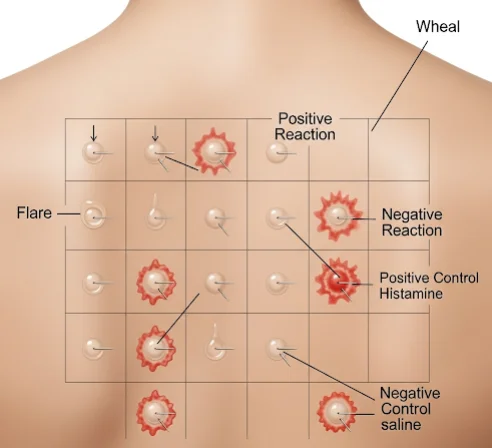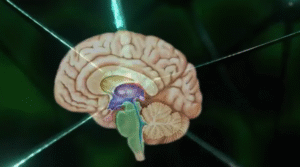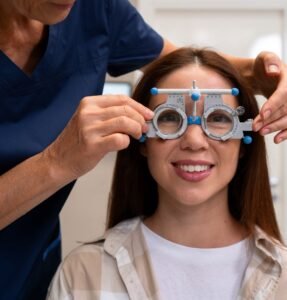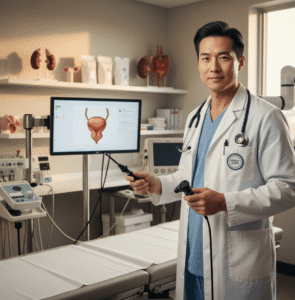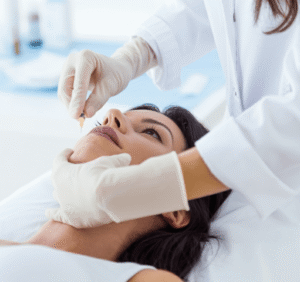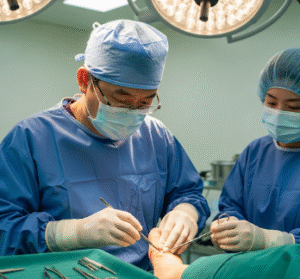What it is
➝ Skin prick testing (SPT) is a diagnostic method for identifying immediate (Type I) hypersensitivity reactions, mediated by IgE antibodies.
➝ It is used to detect allergies to aeroallergens (pollen, dust mites, animal dander, mold), foods (peanuts, shellfish, milk, wheat, soy, etc.), insect venoms, and sometimes drug allergies.
➝ The test involves introducing a small amount of allergen extract into the skin (usually forearm or back) with a lancet and observing for a wheal-and-flare reaction after 15–20 minutes.
➝ In Korea, prick testing is widely available in allergy, pediatric, ENT, and dermatology clinics, and often includes panels tailored to local environmental allergens.
Why it’s done
→ To confirm suspected allergies when history suggests hypersensitivity.
→ To guide avoidance strategies (e.g., dust mite control, food restrictions).
→ To support treatment decisions, such as starting allergen immunotherapy (AIT).
→ To differentiate between allergic vs. non-allergic rhinitis, asthma, eczema, or urticaria triggers.
→ In Korea, prick testing is a standard tool in the workup of allergic diseases, especially in children.
Alternatives
→ Serum-specific IgE testing (RAST, ImmunoCAP): Useful when prick testing is not possible (dermatographism, skin disease, antihistamine use).
→ Intradermal testing: More sensitive but higher false positive and risk, usually for venom or drug allergy.
→ Elimination and challenge testing: Mainly for food allergies, but requires close monitoring.
→ Patch testing: Used for delayed-type hypersensitivity, not immediate allergy.
Preparation
→ Patients must stop antihistamines (oral or topical) for at least 3–7 days before the test, as they can suppress results.
→ Certain medications (tricyclic antidepressants, systemic steroids in high doses) may interfere.
→ The test area (forearm or upper back) must be free of eczema, infection, or recent sunburn.
→ In Korea, clinics usually give pre-test instruction sheets to patients, ensuring medication withdrawal is properly done.
How it’s Done
→ Step 1: Application
- Small drops of allergen extracts are placed on the skin, usually in rows.
- A positive control (histamine) and negative control (saline) are always included.
→ Step 2: Prick
- A sterile lancet lightly pricks through each drop into the superficial skin layer.
- This is not an injection; only the epidermis is penetrated.
→ Step 3: Observation
- After 15–20 minutes, the skin is examined.
- A positive reaction appears as a raised, red wheal with surrounding flare.
- Wheal diameter is compared to controls and measured in millimeters.
→ Step 4: Interpretation
- Positive if wheal is at least 3 mm larger than negative control.
- Strength of reaction correlates with degree of sensitization, but not always clinical severity.
→ In Korea, allergen panels often include:
- House dust mites (Dermatophagoides farinae, Dermatophagoides pteronyssinus).
- Japanese cedar, mugwort, ragweed, grass pollens.
- Cockroach and mold allergens.
- Common Korean food allergens (seafood, buckwheat, peanuts, soy, egg, milk).
Recovery
→ The test is safe and reactions fade within a few hours.
→ Mild itch or redness at test sites may persist briefly but usually resolves without treatment.
→ Results provide immediate answers, allowing same-day counseling on allergen avoidance and treatment.
→ Long-term benefit is achieved through allergen avoidance or immunotherapy, guided by test findings.
Complications
→ Local itching, redness, or swelling (common but mild).
→ Excessive dermatographism may cause false positives.
→ Rare systemic reactions: anaphylaxis is extremely rare but clinics are equipped with emergency treatment (epinephrine).
→ False negatives if patient is on antihistamines or immunosuppressive therapy.
Treatment Options in Korea
→ Korean clinics use standardized allergen extracts approved for local use, often including region-specific allergens like mugwort, ginkgo, and buckwheat.
→ Pediatric hospitals frequently use combined food and inhalant panels for children with atopic dermatitis or asthma.
→ Digital documentation with wheal measurement charts is common, improving patient education and record-keeping.
→ Results are integrated into personalized care plans including avoidance, pharmacotherapy, and allergen immunotherapy.
→ With Korea’s allergy-specialized centers, prick testing is performed safely, quickly, and accurately, helping guide effective management of allergic diseases.

